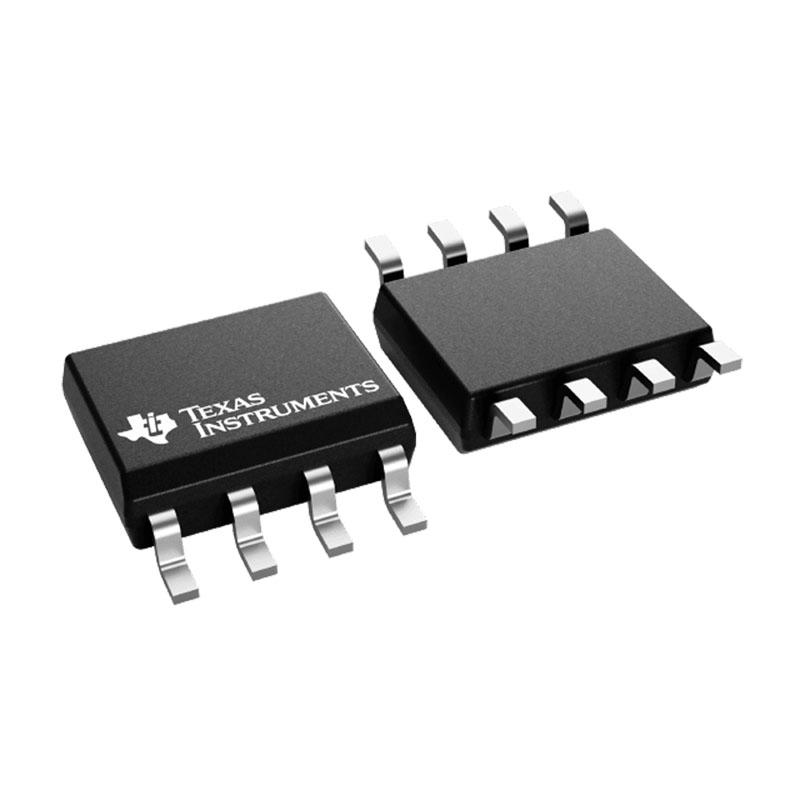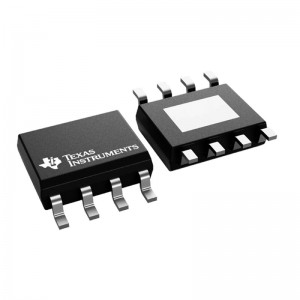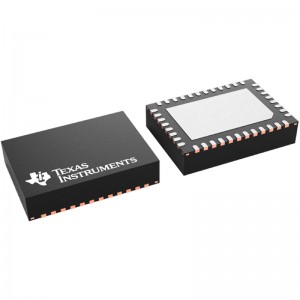
Products
TPS40200DR SOP-8 Electronic components integrated circuit 500kHz 4.5V-52V Switch controller DC-DC
Features for the TPS40200
●Input Voltage Range 4.5 V to 52 V
●Output Voltage (700 mV to 90% VIN)
●200-mA Internal P-channel FET Driver
●Voltage Feed-Forward Compensation
●Undervoltage Lockout
●Programmable Fixed-Frequency (between 35 kHz
and 500 kHz) Operation
●Programmable Short-Circuit Protection
●Hiccup Overcurrent Fault Recovery
●Programmable Closed-Loop Soft-Start
●700 mV 1% Reference Voltage
●External Synchronization
●Small 8-Pin SOIC (D) and VSON (DRB) Packages
Description for the TPS40200
The TPS40200 is a flexible, non-synchronous controller with a built-in 200-mA driver for P-channel FETs. The circuit operates with inputs up to 52 V with a power-saving feature that turns off driver current once the external FET has been fully turned on. This feature extends the flexibility of the device, allowing it to operate with an input voltage up to 52 V without dissipating excessive power. The circuit operates with voltage-mode feedback and has feed-forward input voltage compensation that responds instantly to input voltage change. The integral 700-mV reference is trimmed to 2%, providing the means to accurately control low voltages. The TPS40200 is available in an 8-pin SOIC and an 8-pin VSON package and supports many of the features of more complex controllers. Clock frequency, soft-start, and overcurrent limits are each easily programmed by a single, external component. The part has undervoltage lockout, and can be easily synchronized to other controllers or a system clock to satisfy sequencing and/or noise-reduction requirements.
1. Who are the staff in your R & D department? What are your qualifications?
-R & D Director: formulate the company’s long-term R & D plan and grasp the direction of research and development; Guide and supervise r&d department to implement company r&d strategy and annual R&D plan; Control the progress of product development and adjust the plan; Set up excellent product research and development team, audit and training related technical personnel.
R & D Manager: make new product R & D plan and demonstrate the feasibility of the plan; Supervise and manage the progress and quality of r&d work; Research new product development and propose effective solutions according to customer requirements in different fields
R&d staff: collect and sort out key data; Computer programming; Conducting experiments, tests and analyses; Prepare materials and equipment for experiments, tests and analyses; Record measurement data, make calculations and prepare charts; Conduct statistical surveys
2. What is your product research and development idea?
- Product conception and selection product concept and evaluation product definition and project plan design and development product testing and validation launch to market








